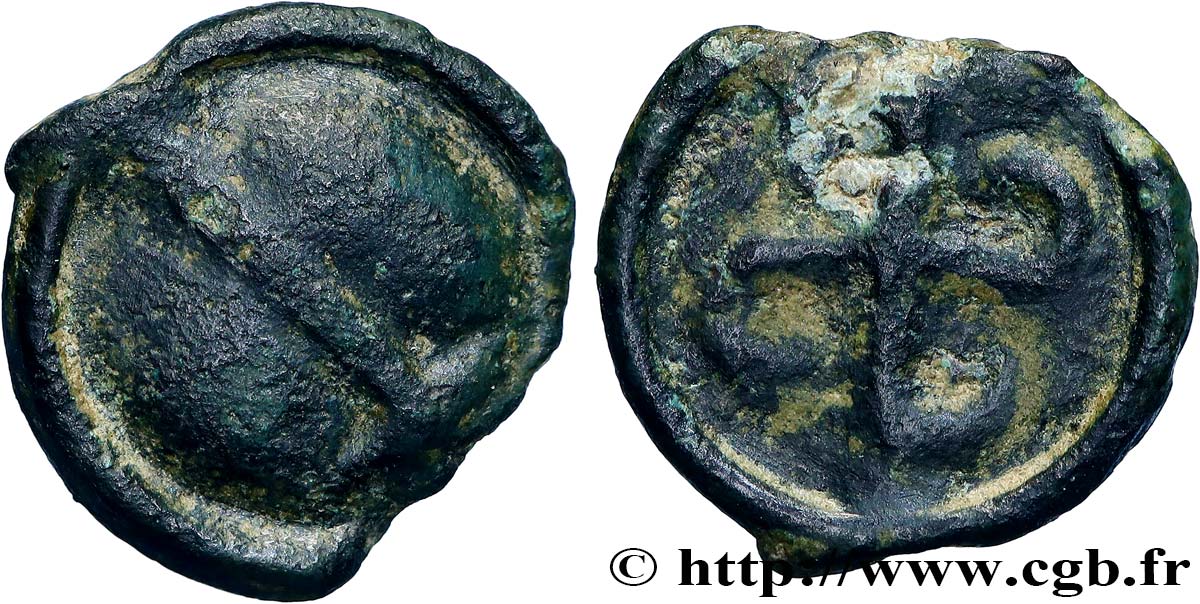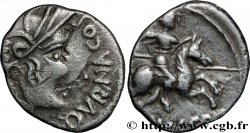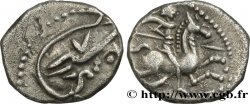bga_841772 - GALLIA - RHONE VALLEY Potin au swastika, petit module
250.00 €
Количество
Добавить в корзину

Тип Potin au swastika, petit module
Дата: c. 70- 10 AC.
Металл: potin
Диаметр: 13,5 mm
Вес: 1,58 g.
Редкость: R3
Комментарии о состоянии
Joli potin, un manque de métal à six heures. Usure régulière. Patine sombre
Лицевая сторона
Аверс: легенда: ANÉPIGRAPHE.
Аверс: описание: Tête très stylisée à gauche, dite “au long cou”.
Обратная сторона
Реверс: легенда: ANÉPIGRAPHE.
Реверс: Описание: Swastika dextrogyre ; bourrelet périphérique.
Комментарий
Ce potin pourrait à s’y méprendre être confondu avec certains potins au swastika des Bituriges. Le classement établi par C. Larozas sur les potins du sud-est reste sujet à discussion, en raison de la rareté du matériel étudié et de la médiocrité des états dans de nombreux cas, mais notre potin semble néanmoins pouvoir être rapproché de son type VI (p. 48), représenté par un unique exemplaire issu de sa collection. Il précise fort justement que l’avers de ce potin correspond à la classe D du potin au long cou établie par G. Gentric.
Ce très rare potin est donc le second exemplaire connu du type VI.
This potin could be mistaken for certain Bituriges swastika potin. The classification established by C. Larozas on the potin of the southeast remains subject to discussion, due to the rarity of the material studied and the mediocrity of the states in many cases, but our potin nevertheless seems to be able to be compared to its type VI (p. 48), represented by a single example from his collection. He rightly specifies that the obverse of this potin corresponds to class D of long-necked potin established by G. Gentric. This very rare piece of potin is therefore the second known example of the type VI
Ce très rare potin est donc le second exemplaire connu du type VI.
This potin could be mistaken for certain Bituriges swastika potin. The classification established by C. Larozas on the potin of the southeast remains subject to discussion, due to the rarity of the material studied and the mediocrity of the states in many cases, but our potin nevertheless seems to be able to be compared to its type VI (p. 48), represented by a single example from his collection. He rightly specifies that the obverse of this potin corresponds to class D of long-necked potin established by G. Gentric. This very rare piece of potin is therefore the second known example of the type VI








 Cообщить об ошибке
Cообщить об ошибке Распечатать страницу
Распечатать страницу Отправить мой выбор
Отправить мой выбор Задать вопрос
Задать вопрос Consign / sell
Consign / sell
 Информация
Информация










